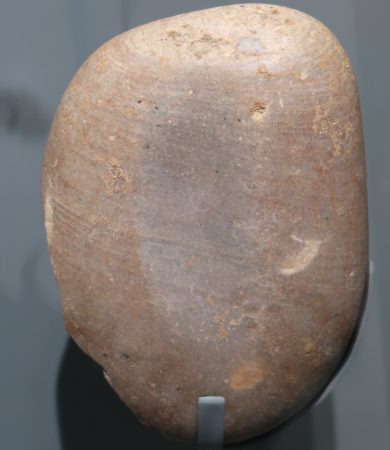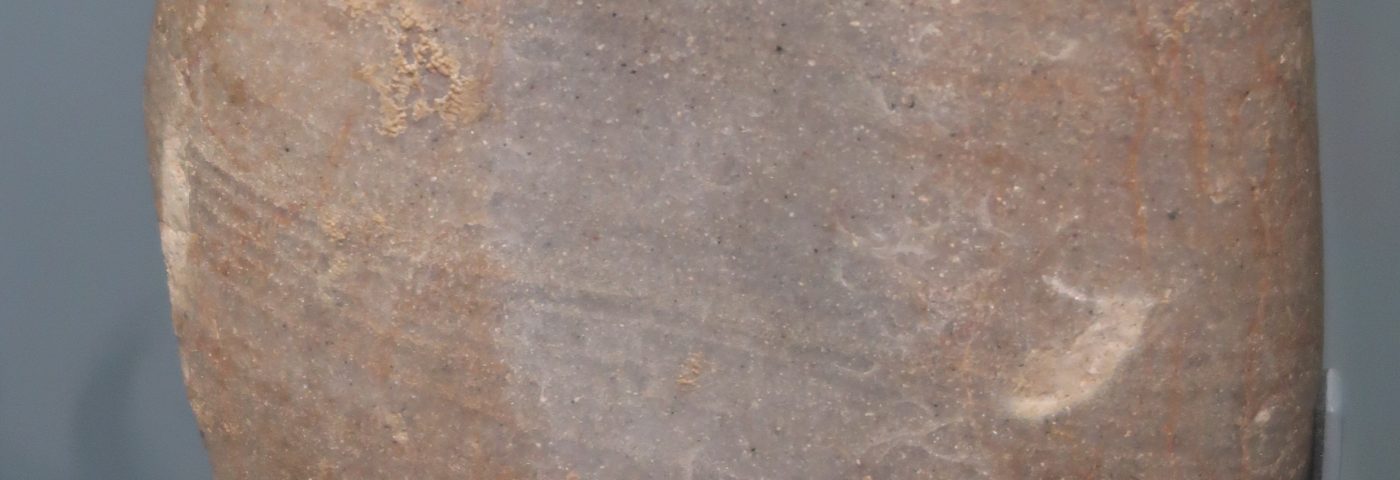Slow Migration
by Adam Horovitz
Stone was a migrant too. Explored desire lines
in hand and sack and cart, as hammer or axe,
until at last it dropped into deep confines
of river mud from weary travellers’ packs
when wars were lost or traders died
with stone in hand. A slow migration. A boast
of home, its colours carried for the long ride,
fitted to human hands, from coast to coast.
Stone travelled far, as all technology must.
Swarmed to places where the need for flint
and obsidian was great. People traded trust;
stone just journeyed. Fell and left its print.
Erosion takes time. Stone’s nomadic lode
speaks across centuries in demotic code.

Flint Dance
by Chris Cundy
Music for this piece comprises two elements; firstly environmental field recordings made spontaneously in the landscape, and secondly a piece of electronic music that was allowed to develop slowly in the studio.
Field recordings took place between Crippets Long Barrow and Crickley Hill in a woodland area at the far western escarpment of the Cotswold Hills. The recordings were made using an ambisonic microphone, a sort of surround sound system, while I walked in concentric circles tapping rhythms with two pieces of flint. I then slowed the recordings down by almost 60% to bring out the very fine textures and ambient detail of my improvised flint dance. You can hear the woodland floor and the sound of birdsong in these recordings too.
The electronic piece was developed with a more controlled linear process using analogue synthesisers, a soprano saxophone, and sustained multiphonic noises almost like whispering voices but played on two clarinets electronically processed.
The inspiration behind this was drawn from thinking about the vast movement of people who passed between wildly different landscapes during the prehistoric. There are no natural flint deposits in the Cotswolds and ancient people would have imported huge quantities of this material from far reaching places for producing tools and other essential items. Exotic stones from Cumbria and the Atlantic coastal regions have also been found in the Neolithic tombs and the settlement enclosures of the Cotswolds too.
The short film shows illustrations taken from a map of Britain’s geology, famously published by William Smith in 1815 and kept at the Natural History Museum in London. These have been superimposed alongside a close up image of a mobile polissoir stone on display at the Stone Age to Corinium gallery. This is a remarkable and rare item found during recent excavations at Bourton-on-the-Water business park. A smooth indent can be seen in the stone where it has been used to shape, smooth and polish countless tools and axe heads in ancient times. The stone itself is considered to be a very fine example of a glacial drift, a smooth deposit resulting from the last ice age when moving glaciers carried and rolled stones and minerals from one landscape into another landscape.
© 2022 Adam Horovitz & Chris Cundy
Archaeology of the Ear is a series of poems and soundscapes exploring historic places and Corinium Museum artefactswith sonorous and musical stories to tell
supported by Help Musicians & Arts Council England











